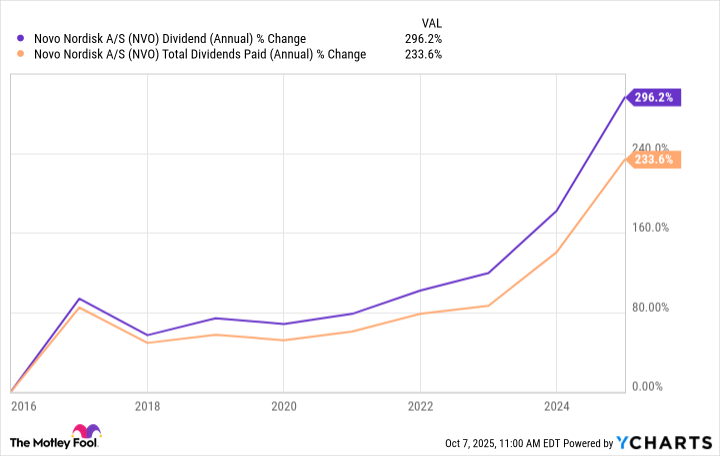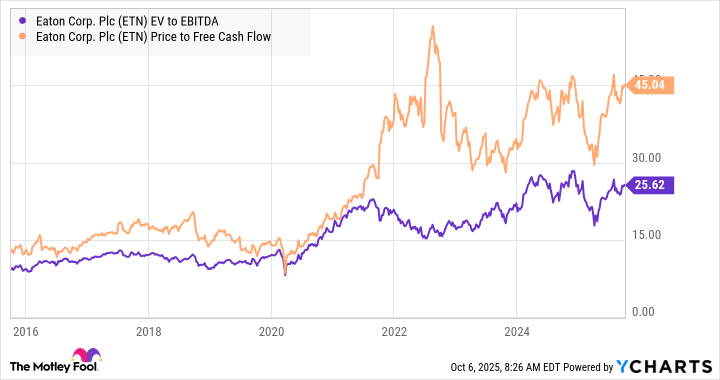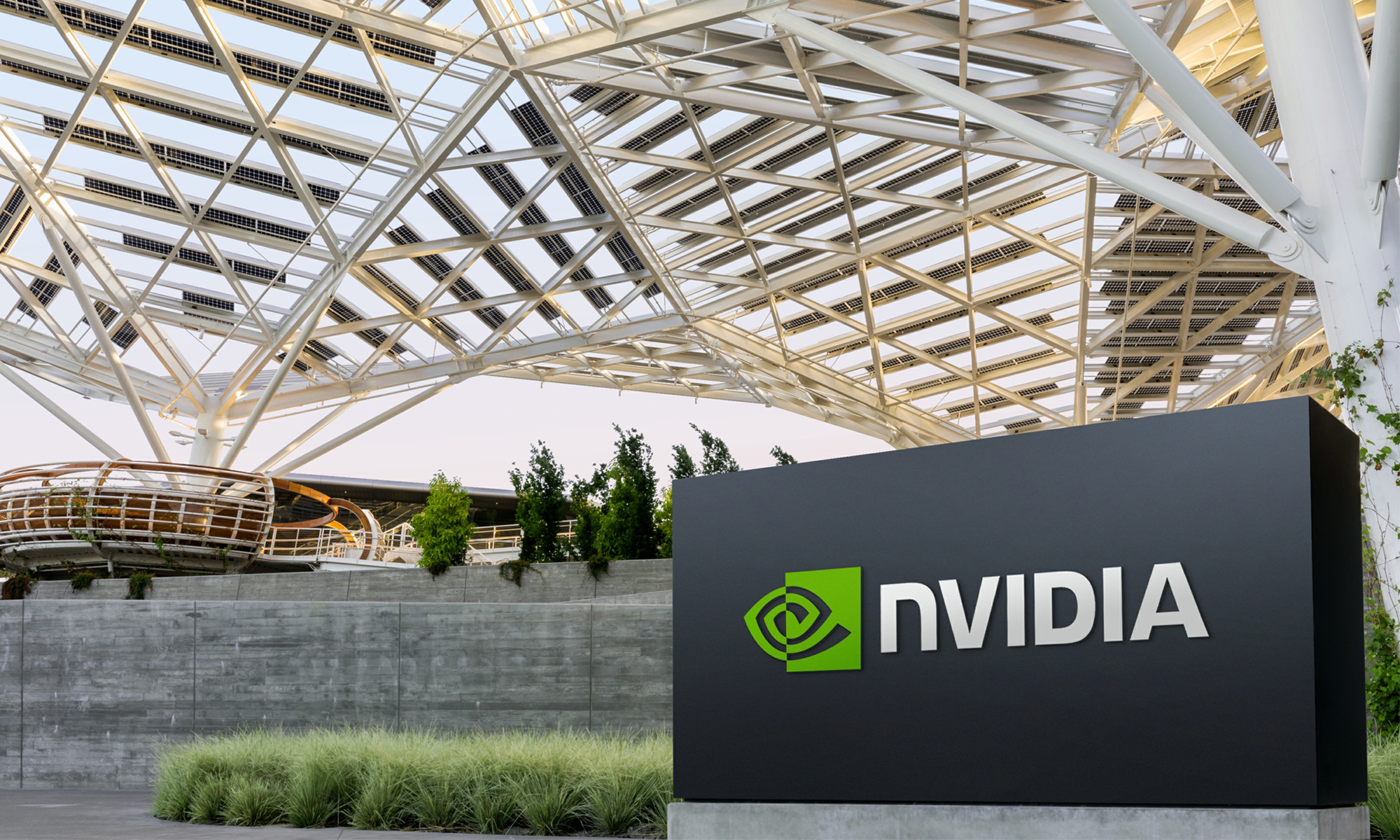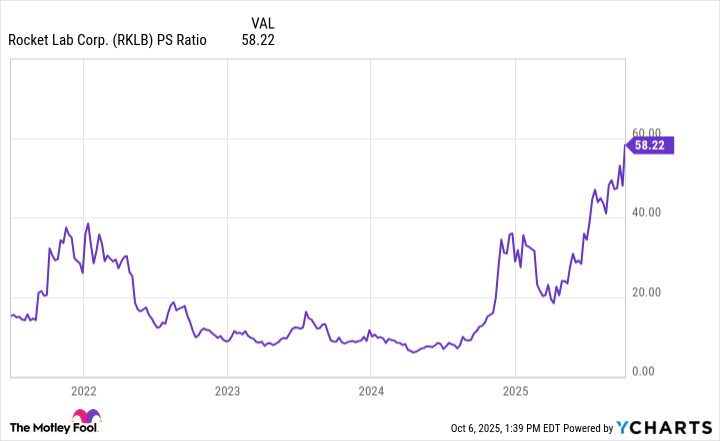Paramount, backed by billionaire Larry Ellison and his family, has officially opened the bidding for rival Warner Bros. Discovery — a potential massive merger that would dramatically change Hollywood.
Warner Bros. Discovery’s board rejected Paramount’s initial bid of about $20 a share, but talks are continuing, according to two people close to the companies who were not authorized to speak publicly.
One of the knowledgeable sources said Paramount was preparing a second bid.
Warner Bros. Discovery owns HBO, CNN, TBS, Food Network, HGTV and the prolific Warner Bros. movie and television studio in Burbank.
Ellison, one of the world’s richest men, is committed to helping his 42-year-old son, David, pull off the industry-reshaping acquisition and has agreed to help finance the bid, two people close to the situation said.
The younger Ellison, who entered the movie business 15 years ago by launching his Skydance Media production company, was catapulted into the major leagues this summer with the Ellison family’s purchase of Paramount’s controlling stake.
Since then, David Ellison and his team have made bold moves to help Paramount shake more than a decade of doldrums. Buying Warner Bros. Discovery would be their most audacious move yet. The merger would lead to the elimination of one of the original Hollywood film studios, and could see the consolidation of CNN with Paramount-owned CBS News.
Representatives for Paramount and Warner Bros. Discovery declined to comment.
CNBC reported Friday that two companies have been in discussions for weeks following last month’s news that Paramount was planning a bid. Bloomberg reported Saturday that Warner Bros. Discovery had rejected Paramount’s bid of about $20 a share.
Industry veterans were stunned by the speed of Paramount’s play for Warner Bros. Discovery, noting that top executives had begun working on the bid even as they were putting finishing touches on the Paramount takeover.
One of Paramount’s top executives is a former Goldman Sachs banker, Andy Gordon, who was a ranking member of RedBird Capital Partners, the private equity firm that has teamed up with the Ellisons and has a significant stake in Paramount.
Paramount’s interest prompted stocks of both companies to soar, driving up the market value for Warner Bros. Discovery.
Paramount’s offer of $20 a share for Warner Bros. Discovery was less than what some analysts and sources believe the company’s parts are worth, leading the Warner Bros. Discovery board to rebuff the offer, sources said.
But many believe that Paramount needs more content to better compete in a landscape that’s dominated by tech giants such as Netflix and Amazon.
Paramount has reason to move quickly.
Warner Bros. Discovery had previously announced that it was planning to divide its assets into two companies by next April. One company, Warner Bros., would be made up of HBO, the HBO Max streaming service and the Burbank-based movie and television studios. Current Chief Executive David Zaslav would run that enterprise.
The other arm would be called Discovery Global and consist of the linear cable television channels, which have seen their fortunes fall with consumers’ shift to streaming.
The Paramount bid was seen as an attempt to slip in under the wire because other large companies, including Amazon, Apple and Netflix, may have been interested in buying the studios, streaming service and leafy studio lot in Burbank.
However, Netflix’s co-chief executive Greg Peters appeared to downplay Netflix’s interest during an appearance last week at the Bloomberg Screentime media conference. “We come from a deep heritage of being builders rather than buyers,” Peters said.
Some analysts believe Paramount’s proposed takeover of Warner Bros. Discovery could ultimately prevail because Zaslav and his team have made huge cuts during the past three years to get the various businesses profitable after buying the company from AT&T, which left the company burdened with a heavy debt load. The company has paid down billions of dollars of debt, but still carries nearly $35 billion of debt on its books.
Others point to Warner Bros.’ recent successes at the box office as evidence that Paramount is offering too little.
Despite the tumult at the corporate level, Warner Bros.’ film studio has had a successful year. Its fortunes turned around in April with the release of “A Minecraft Movie,” which grossed nearly $958 million worldwide, followed by a string of hits including Ryan Coogler’s “Sinners,” James Gunn’s “Superman” and horror flick “Weapons.”
Meanwhile, Paramount has been on a buying spree.
Just in the last two months, Paramount made a $7.7 billion deal for UFC media rights and closed two deals that will pay the creators of “South Park” more than $1.25 billion over five years to secure streaming rights to the popular cartoon.
Last week at Bloomberg’s Screentime media conference, Ellison declined to comment on Paramount’s pursuit of Warner Bros. or even whether his company had already made a bid. But he did touch briefly on consolidation in Hollywood, saying, “Ironically, it was David Zaslav last year who said that consolidation in the media business is important.”
“There are a lot of options out there,” he added, but declined to elaborate.
After news of Paramount’s interest surfaced, Warner Bros. Discovery‘s stock jumped more than 30%. It climbed as much as $20 a share, but closed Friday at $17.10, down 3.2%.
Paramount also has seen its stock surge by about 12%. Shares finished Friday at $17, down 5.4%
Warner Bros. Discovery is now valued at $42 billion. Paramount is considerably smaller, worth about $18.5 billion.









































